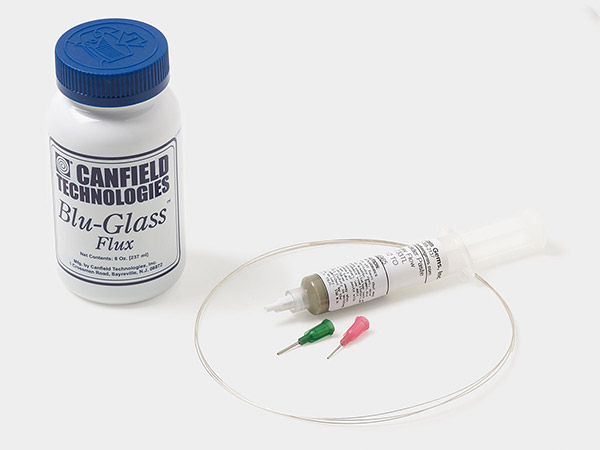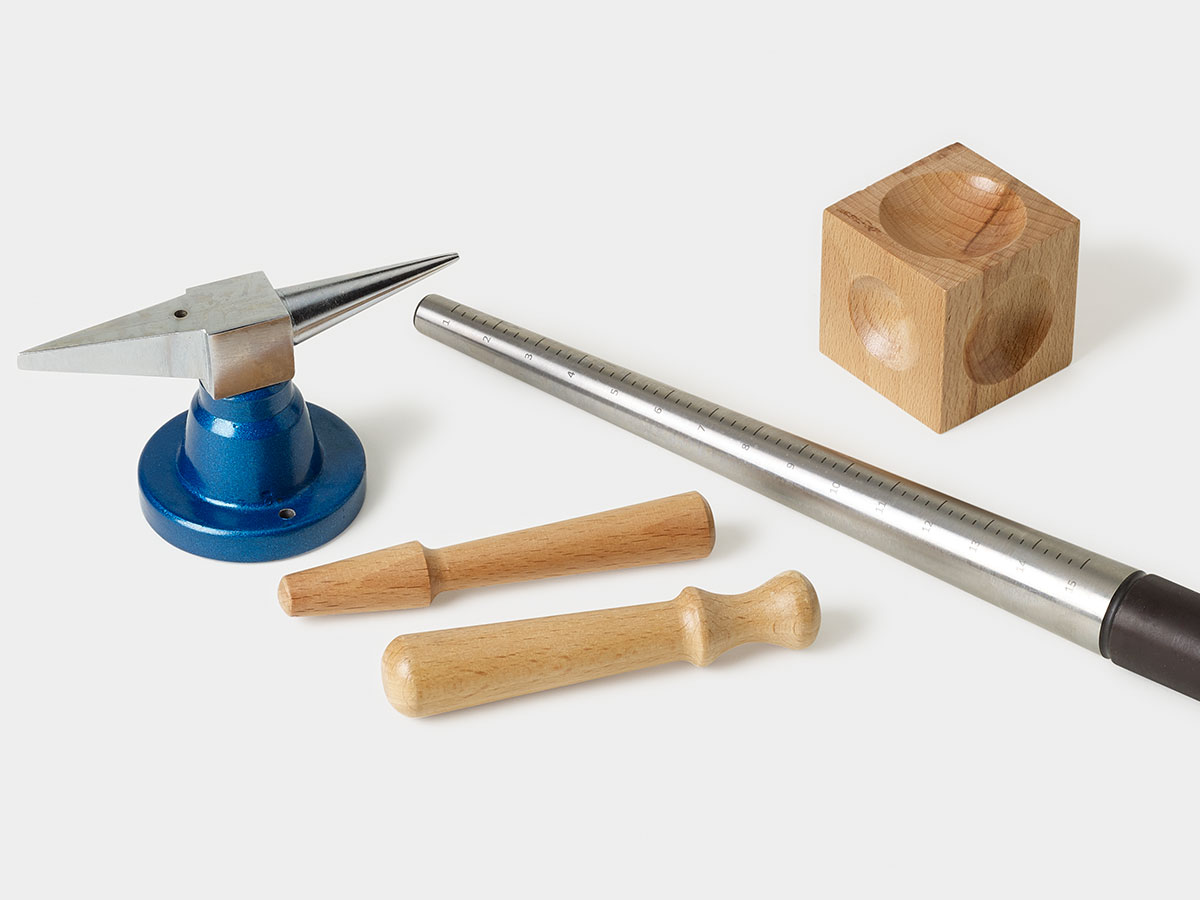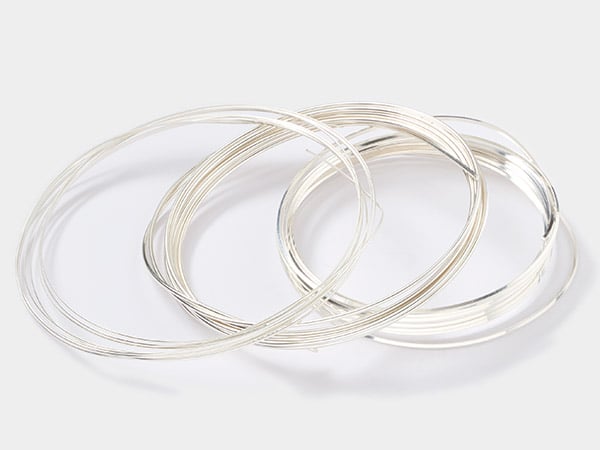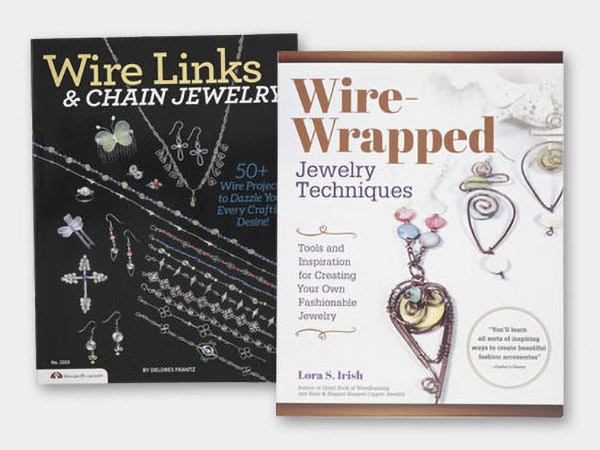Ask the Experts Solder Q&A
What flux can you use with solder wire? I'm planning on using 24 ga tarnish resistant copper wire. Thanks.
- Brenda
Self-pickling flux is a boric-acid/ammonium chloride liquid flux which will work well with most non-ferrous metals and solder wire. The goal of the flux is to facilitate the flow of solder by helping prevent oxides from forming on the metal, which can occur during the soldering process due to the heat of the torch and the presence of oxygen.
Non-ferrous metals include: metals and alloys of aluminum, brass, bronze, copper, lead, tin, titanium, zinc, nickel, cobalt and precious metals. The metals need to be raw and coating-free; tarnish-resistant copper may not solder readily given the coating and manufacturing process of this wire.
To solder:
- For soldering in general, materials need to be oil free and clean
- Apply flux to area being soldered
- Heat with a torch
- Touch solder wire to the area being soldered
- Heat
- Draw the heat up, causing the solder to flow into the seam
- You can snip off a piece of wire
- Put the wire near the seam being soldered
- Flux everything
- Heat everything evenly
- Then focus on the area being soldered and the solder will flow into the seam
- Tammy Honaman, Author, Jewelry-Making Expert and Educator
Shop for Your Materials Here:
Still can't find what you're looking for?
Submit Your Question





